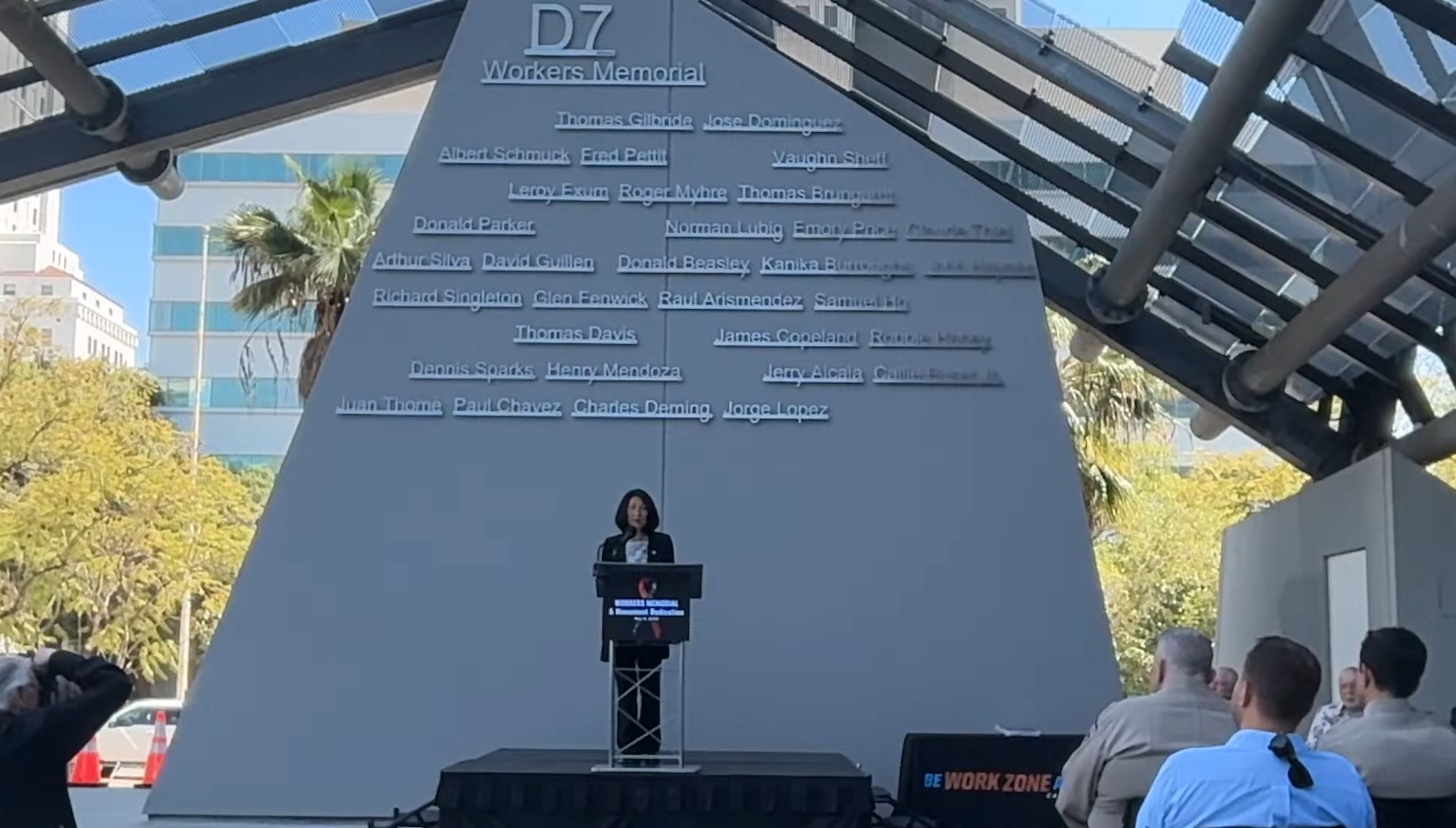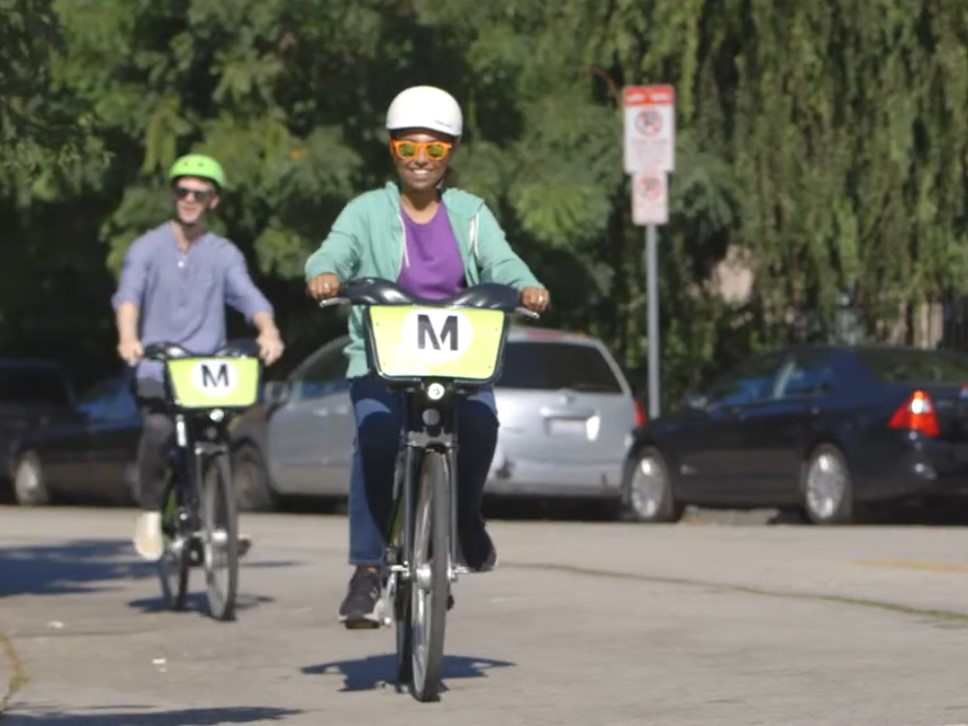Now that the 2010 Census results are filtering in, get ready for a variety of hasty, dubious interpretations.
Sprawl apologist Joel Kotkin wasted no time deciding that the trends show not an urban renaissance, but continued preference for suburbia. According to an analysis Kotkin published in Forbes, suburbs accounted for an astounding 80 to 100 percent of the growth since the last census.
The problem with his conclusion, points out New Jersey Future, is that the Census Bureau doesn't make a distinction between suburban and urban areas. To perform the analysis, Kotkin had to develop his own methodology, broadly calling the principal city or cities in each metropolitan area "urban" and all other areas "suburban."
As it happens, this methodology will find preferences for sprawl where none exist. By Kotkin's definition, some of New Jersey's largest cities are suburbs, writes Tim Evans at New Jersey Future:
Those familiar with Kotkin know that he is a frequent critic of cities and defender of suburbia, so it is not unreasonable to harbor the suspicion that he might be slanting his analysis to lowball the degree to which many of the country’s (and New Jersey’s) urban areas are reviving their fortunes. In fact, this is exactly what he’s doing.
Consider some North Jersey cities that are NOT on the list [of central cities]: Paterson (New Jersey’s third-largest city), Elizabeth (fourth-largest), Clifton, Passaic, Orange, East Orange, Bayonne, Perth Amboy, Plainfield, Hackensack, Linden and Rahway. Not to mention Union City, West New York and Hoboken, three of the most densely populated municipalities in the entire United States (all three exceed 30,000 people per square mile). Not to mention a whole host of smaller but still “urban” places such as Asbury Park, Keansburg, Neptune, Long Branch, Garfield … Oh, and Jersey City, the 2nd-largest city in the state.
It’s easy to say that “America is becoming more suburban” when you define “suburb” so loosely that it includes just about everything. The problem with Kotkin’s analysis is in his very expansive definition of “suburb.” Using Kotkin’s definition, it’s not surprising that most of the country’s (and New Jersey’s) population growth is in suburbs, because most of the population lives in his definition of suburbs. But this oversimplified (and non-Census- or OMB-endorsed) taxonomy fails to capture the full range of places that are participating in the urban revival and hence understates its extent. Which, one suspects, was the point.
Elsewhere on the Network today: Cyclicio.us profiles 82-year-old Holocaust survivor, City Council member, and long-time Palo Alto bike advocate Ellen Fletcher. Portland Transport outlines a state bill that would help enable peer-to-peer car sharing. And Urban Adonia, taking a cue from early feminist Virginia Woolf, remarks on the joy and freedom that can be had simply from exploring a city.






